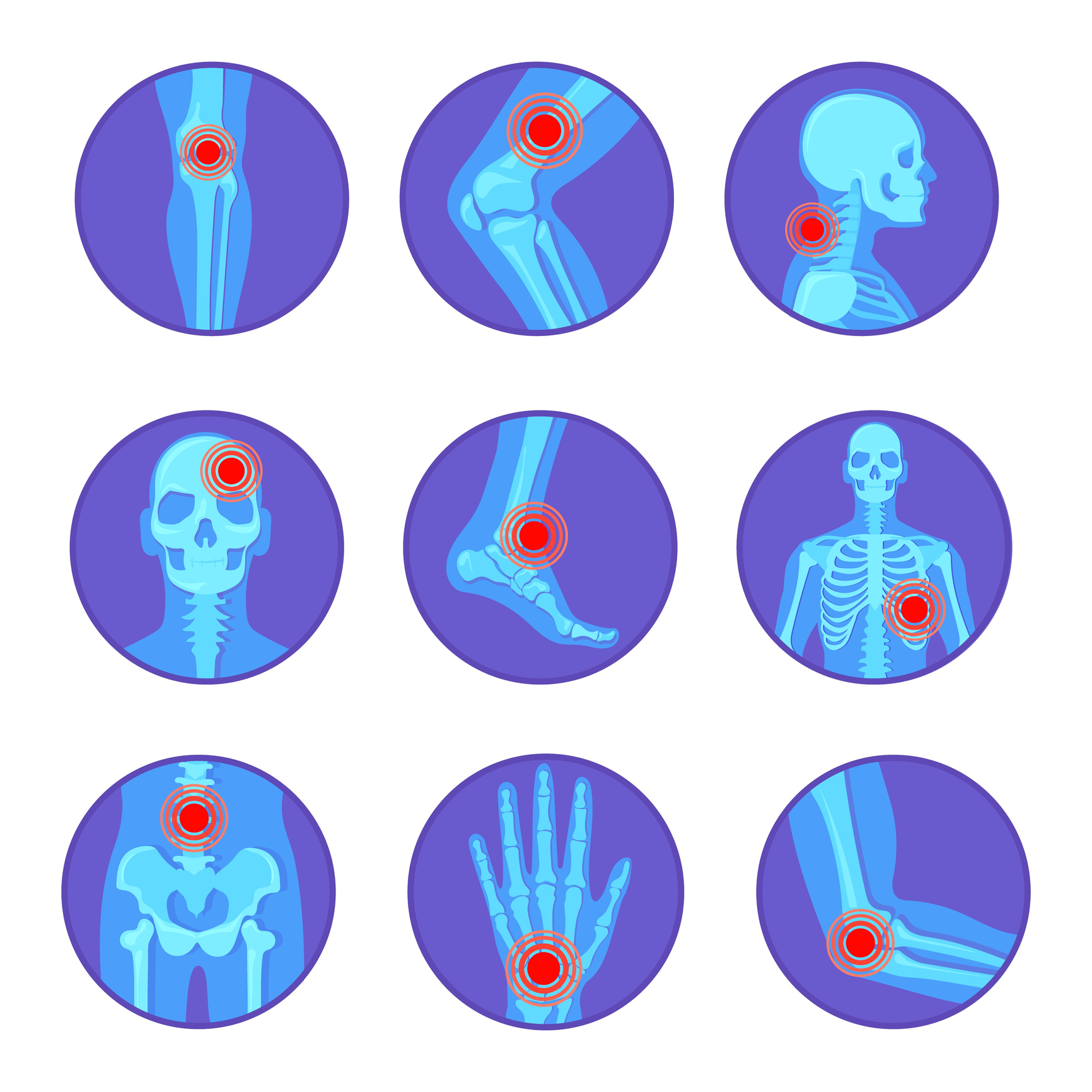This study aimed to use unbiased, data‐driven, principal component (PC) and cluster analysis to identify patient phenotypes of rheumatoid arthritis (RA) that might exhibit distinct trajectories of disease progression, response to treatment, and risk-averse events.
Patient demographic, socioeconomic, health, and disease characteristics were recorded at entry into a large, single‐center, prospective observational registry cohort, the Brigham and Women’s Rheumatoid Arthritis Sequential Study (BRASS; NCT01793103), were harmonized using PC analysis to reduce dimensionality and collinearity. The number of PCs was established by eigenvalue >1, cumulative variance, and interpretability. The resulting PCs were used to cluster patients using a k‐means approach. Longitudinal clinical outcomes were compared between the clusters over two years.
Analysis of 142 variables from 1443 patients identified 41 PCs that accounted for 77% of the dataset’s cumulative variance. Cluster analysis distinguished five patient clusters:
- Less RA disease activity/multimorbidity, shorter RA duration, lower incidence of comorbidities
- Less RA disease activity/multimorbidity, longer RA duration, more infections, psychiatric comorbidities, healthcare utilization
- Moderate RA disease activity/multimorbidity, more neurologic comorbidity
- More RA disease activity/multimorbidity, shorter RA duration, more metabolic comorbidity, higher BMI
- More RA disease activity/multimorbidity, longer RA duration, more hepatic, orthopedic comorbidity, and RA‐related surgeries
The clusters exhibited differences in clinical outcomes over two years of follow‐up. These results illustrate the potential of data‐driven patient profiling as a tool to support personalized medicine in RA.


